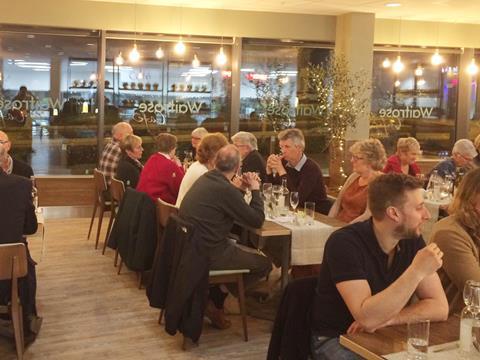
For a conference dedicated to digital shopping, today’s Etail event contained a surprising number of references to physical stores. The sheer number of speakers talking about bricks & mortar – from Tesco to Boohoo and John Lewis – reflects a shift in thinking. Gone are the days when we believed internet shopping would turn our high streets into ghost towns. Today’s e-commerce experts firmly believe there is a place for physical retail spaces, with one caveat: they will have to change to meet the evolving needs of shoppers. Here’s what we learned from today’s speakers.
1. The need for “experiential” stores: Amazon is trialling a checkout-free convenience store. Formerly pure-play furniture retailer Made.com has invested in a central London showroom. Bonobos (the e-commerce apparel site recently bought by Walmart) has “guideshops” in which customers can try on clothes and place online orders. It goes to show even internet-based companies believe in physical stores, said Georges Berzgal, EMEA vice-president at e-commerce expert Pitney Bowes. But he stressed stores would need to adapt to changing consumer needs by becoming more experiential, “destination” branches.
Peter Williams, chairman of fashion site Boohoo, believes store estates will become smaller but harder-working. “Before, a fashion chain would aim for around 200 to 300 stores; today you only need 100 plus a website,” he told the conference. “These stores are going to have to change and become more relevant to shoppers, perhaps by becoming more leisure destinations.” The fashion world may be a long way away from supermarkets, but grocery CEOs are clearly adopting similar principles, from the increase in eating experiences such as sushi bar concessions to initiatives such as Waitrose supper clubs.
2. Stop thinking in separate channels: Before taking to the stage, Tesco’s chief digital officer Thomas Nielsen had sworn to avoid saying “omnichannel”. It may be an over-used word in e-commerce conferences, but its meaning is nonetheless important. Asked about Tesco’s share of the UK e-commerce market, Nielsen said management no longer thought of sales in terms of separate channels. “Digital for Tesco isn’t a channel, it’s part of our overall business,” he stressed. “The idea of channels, I think, is long gone. In my circle of friends, no one talks about what channel they bought groceries on – they will say I bought it from Amazon or Tesco.”
To cater for customers hopping between websites and stores, businesses have long been aiming for seamless online and offline integration. But Nielsen believes there is plenty more work to do. “Ordering online and returning in-store sounds so simple, but for many retailers online is still different to the physical channel. The customer doesn’t care whether it’s your online or offline division, they care about that overall experience.”
3. Make the best of online available in-store: Ask most people why they shop online, and the key reason will be the same: convenience. Bringing this convenience to the store environment could unlock incremental sales, said Sienne Velt, director on online product at John Lewis.
Velt was in charge of rolling out an app for partners that enables them to check stock levels, product information and process the orders on a company iPhone, all in the space of seconds. In the trial at its Cambridge store, this easy access to information – information readily available online – boosted sales. Plus, it made employees and customers happier. “Partners now feel digitally equipped to answer any question,” she said. The initiative has gone so well it will roll out the app to a further 8,000 partners this year and Velt hopes to eventually take chip & pin payment on the devices. There are no plans yet to roll out the same scheme to Waitrose, but the plans to expand its Quick Check app – potentially to offer recipe ideas as well as rapid payment – show it is thinking along similar lines.
So yes, stores are here to stay. But to survive, offline will need to adapt to the online world.



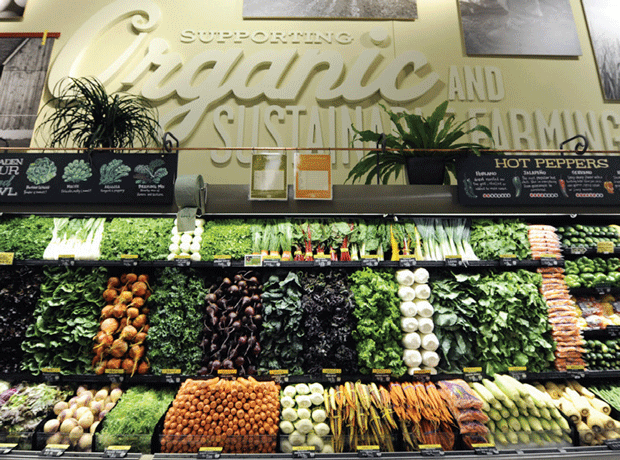
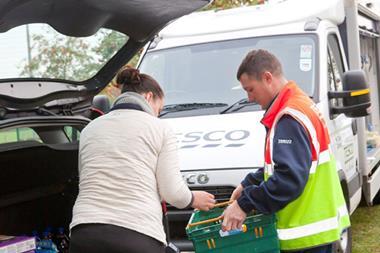
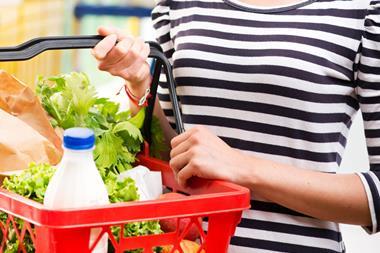
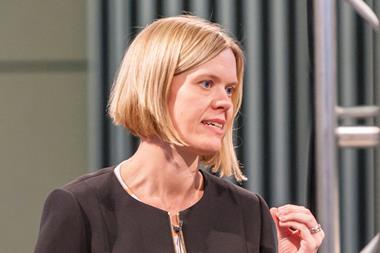

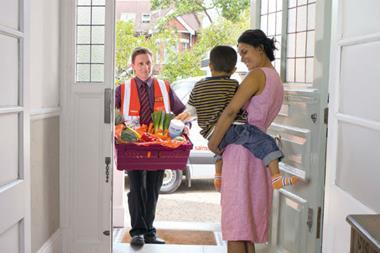
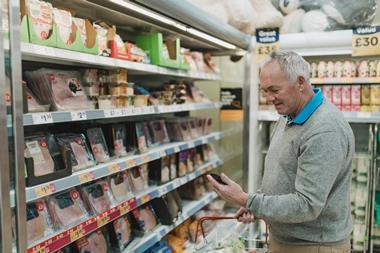


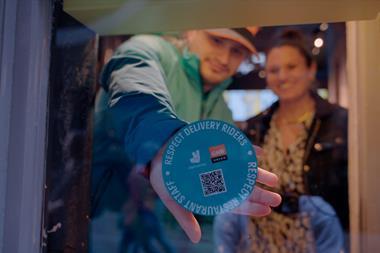


No comments yet